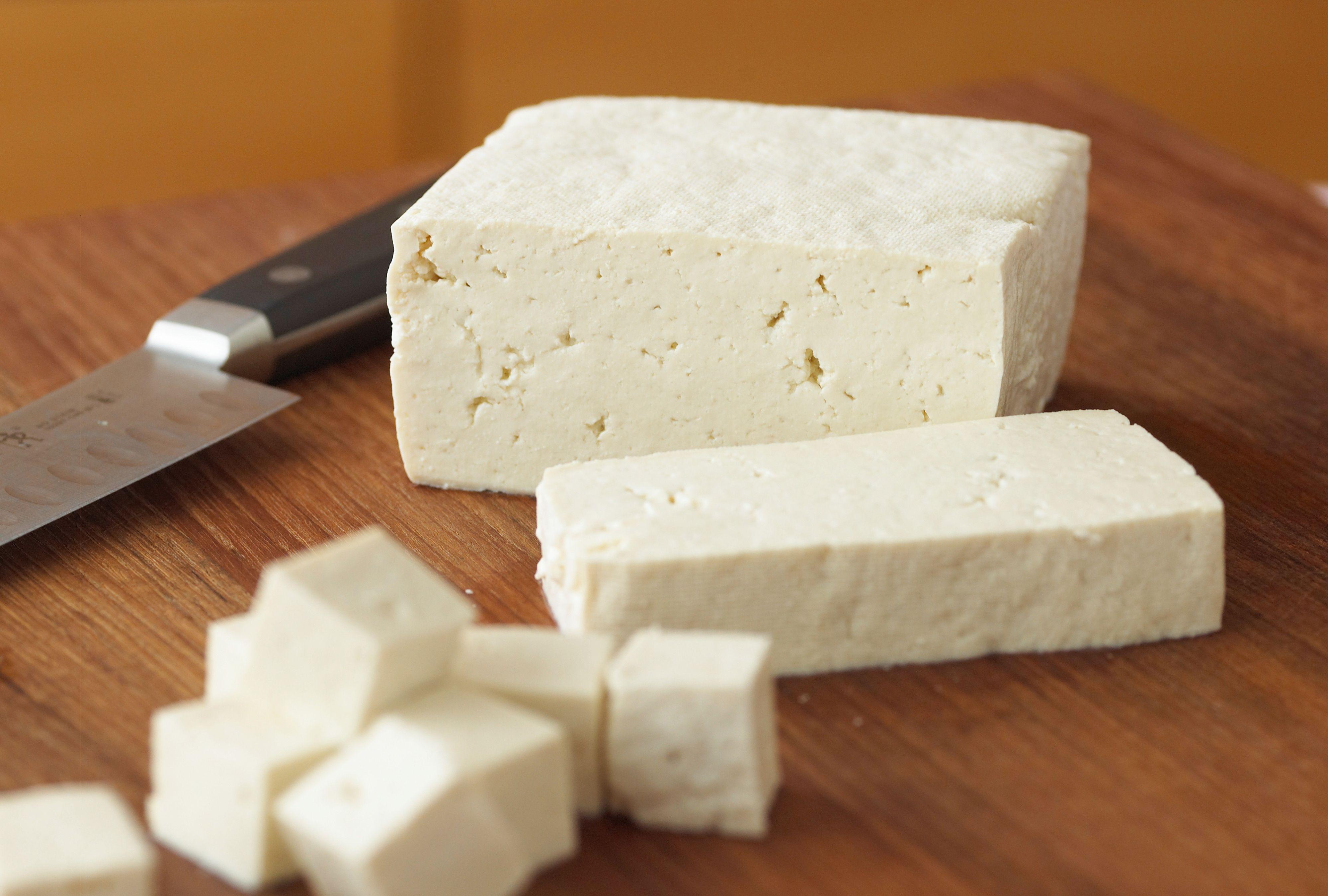Try MyRecipes, our digital recipe box, to stash and organize all your favorite Better Homes & Gardens recipes.
The first time I ever tried to cook tofu on my own, it was bland and not at all like the crispy on the outside, soft on the inside tofu I've had in restaurant dishes. Determined to make tofu a part of my plant-forward diet, I learned ways to make the little white soybean blocks absorb better flavor with methods like pressing or freezing it before cooking. So when I recently came across videos on social media saying the best way to get more flavor into tofu was boiling it, I was skeptical. I mean, it's already stored in water; why would you want to drop it in hot water? With a little more research and a chat with a tofu expert, my mind has been changed, and blanching tofu in salty boiling water is now a go-to method for the best flavor and texture in recipes.
- Minh Tsai, Hodo founder and CEO
When (and Why) You Should Blanch Tofu
Tofu is an excellent plant-based protein that provides a great base for any meal. "The need for blanching depends on the firmness of the tofu and your intended use," Tsai says. Whether you're using just salt or spices in the pot as well, blanching helps tofu better absorb the flavors. "When you blanch tofu in hot, salted water, the savoriness gets absorbed into the center of the tofu block," he says. "Not a lot, but enough to enhance the umami taste when you cook the tofu in a recipe."
You will also notice the texture is a bit more firm and springy. Basically, you should follow this process before marinating, saucing, or incorporating it into a recipe that calls for firm tofu.
Boiling vs. Blanching: Both of these terms involve submerging foods (usually vegetables) into boiling water. The difference is timing. Boiling cooks the food completely while blanching partially cooks the food by briefly plunging into the boiling water. Depending on the use, there may be an ice bath involved after blanching to halt the cooking.
How to Blanch Tofu
If you've never tried blanching foods before, here's how to blanch tofu for the best flavor and texture.
- Bring a pot of salted water to a boil.
- Drop in tofu for 3 minutes. Drain and pat dry.
Related
What's the Difference Between Blanching and Pressing Tofu?
Tsai admits both pressing and blanching are great techniques for prepping tofu. "Pressing creates firmer tofu, but blanching gives tofu more of a 'bite' and is better if you intend to further cook the tofu again," Tsai says.
Best Recipes for Blanching Tofu
Blanched tofu is ideal for recipes that call for extra firm tofu. "If you are making desserts or smoothies, soft or silken tofu works best and no blanching or pressing is required," Tsai says. "If you are making a stir-fry or soup, select a firm or extra firm tofu and blanching it will help provide a firmer texture and give it 'bite.'" He also suggests using an umami-rich sauce that include soy and miso for the best-tasting results.



